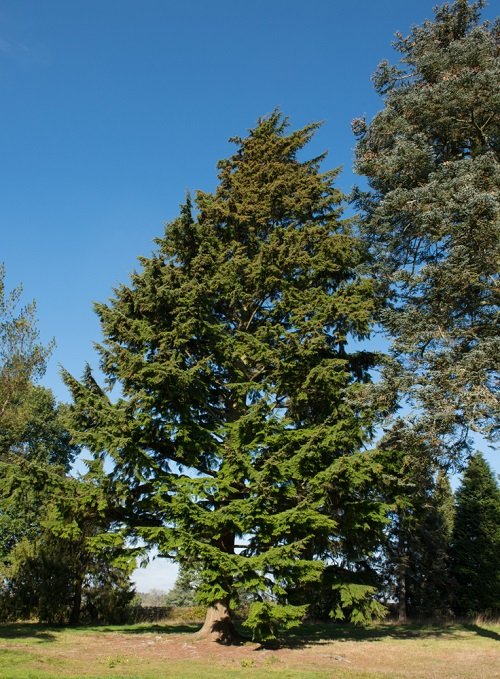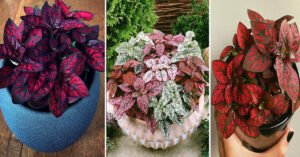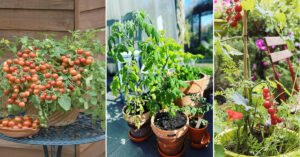
State Tree of Washington : How to Grow It
Learn Everything You Ever Wanted About Washington’s State Tree and the way to Grow It This huge beautiful, evergreen tree Here!

Washington State Legislature; “In 1946, an Oregon newspaper teased Washington for not having the state tree.Let’s talk about the article in the Washington State Tree Article And how to grow it!
State Tree of Washington

The state tree of Washington is the largest variety of hemlock, and is also known as Tsuga heterophylla. This tree is long-lived, and western hemlocks dating to about 1,200 years ago have been discovered. It is known to reach about 256 feet (78 m), but usually averages 164 feet (about 50 m) to about 230 feet (about 70 m). Along the west coast, its native range extends from California to Alaska, and its habitat extends east as far as Montana.
State Tree of Washington(Western Hemlock )and How to Grow It
Washington’s State Tree commonly found in the coastal, lowland, mountain, and eastern regions of Washington state, consider growing a healthy western hemlock tree with the proper care:
Growth and Best Soil Requirements for Western Hemlock
The Western Hemlock can grow in very flexible sunlight conditions. It can thrive well in partial shade, full shade, or even full sunlight, depending on the zone you live in. It can thrive well in full, direct sunlight if you live in a colder Northern climate like USDA Zones 3-5.
Grow this tree in loamy, acidic soil rich in organic matter and evenly and consistently moist. It also grows on sedimentary materials like limestones, shales, sandstones, or metamorphic materials like marbles.The needles of Pacific hemlock trees are short and flat. They need rounded tips and two white lines on the underside. Contrary to the peak of the tree, they actually grow small cones, no quite an in tall. The bark of those trees is thinner than the red inner part. Tops can sometimes have a slight droopy look.
Feed Western Hemlock?
This tree works best with slow-release fertilizers such as composted chicken manure or cottonseed meal. You can apply a 10-10-10 balanced fertilizer once every year in the fall.
Watering Western Hemlock?
The west coast hemlock loves water because its native to coastal areas.Hemlock should be watered once the rootball is dry,but don’t let it dry out completely.It prefers slightly acidic water with a pH value between 5.5-6.8. It cannot tolerate prolonged dry weather mand scorching heat.It’s ideal to place the hose near the trunk and for 15-25 minutes every 7-10 days,depending on temperature and humidity.
Prune Western Hemlock?
Western Hemlock tree doesn’t require much maintenance unless the branches are sick, old, decayed, diseased or weathered. Don’t touch it before new growth during late winter or early spring in its active period and after August.
Pests / Disease Problems
White-tailed deer and wooly adelgid insects can attack this evergreen conifer. You’ll spot white woolly masses growing at the bottom of the undersides of the twigs when infested. However, it may be difficult to regulate the infestation.
Coast hemlock, , lowland hemlock, and geographic region hemlock are all alternate names for the state tree of Washington. Native Americans called the Salish used its bark to create a red dye. They used it for cosmetic purposes still on dye baskets and tint wool, the wood for combs and eating utensils. Native Americans also used the shoots and leave to concoct a tea. Today the wood of the hemlock tree is employed for railroad ties, poles and construction.





Average Rating